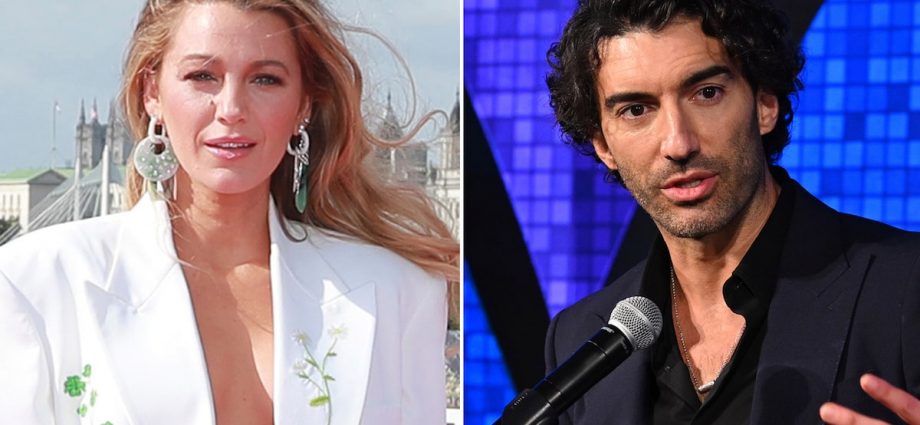
Getty Images
A week after Justin Baldoni’s legal team launched a website with “receipts” of what happened on the set of “It Ends with Us,” Blake Lively’s team is making their next legal move, sending subpoenas to AT&T, T-Mobile, Verizon, AOL, Cloudflare, Inc., and PR crisis guru Jed Wallace.
In a statement, Lively’s lawyers Esra Hudson and Michael Gottlieb told Deadline, “Ms. Lively has initiated discovery that will expose the people, tactics, and methods that have worked to ‘destroy’ and ‘bury’ her reputation and family over the past year. Subpoenas went out to the entities… We will now receive all of the ‘receipts’ that, unsurprisingly, are nowhere to be found on Mr. Freedman’s website, and like Ms. Lively, those ‘receipts’ will have their day in court.”
Lively’s team wants to look into the phone records of Bladoni, “This Ends with Us” producer Jamey Heath, and billionaire Wayfarer Studios co-founder Steve Sarowitz.
Blake’s spokesperson told Variety, “Phone records belonging to all of the individual defendants will expose the full web of individuals who were involved in the smear campaign against Ms. Lively. Such records will provide critical and irrefutable evidence not only about who, but also about when, where, and how their retaliation plan came together and operated.”
Baldoni’s team has not responded to the subpoenas, but Wallace sued Lively for defamation last week.
Wallace’s lawyer Chip Babcock told TMZ, “Blake Lively made false statements to the press through a private administrative filing, claiming Mr. Wallace and Street Relations had sexually harassed her, retaliated against her, aided and abetted others who did the same, breached a contract with her and engaged in other improper conduct. Mr. Wallace, who is a very private person, has never met or spoken to Ms. Lively. Ever. He has not engaged in a smear campaign against her at any point in time. The decision to file this lawsuit to rightfully protect himself and his family was made after Ms. Lively not only filed against him first in Texas but, indicated she intended to name him in yet another lawsuit.”
In December, Lively accused Baldoni of sexual harassment, and named Wallace in her complaint, as a participant in her smear campaign. Baldoni fired back with a $400-million defamation lawsuit.
Lively and Baldoni’s lawsuits are being treated as one case.
Last week, Judge Lewis J. Liman asked both sides to tone it down and follow the New York Rules of Professional Conduct to prevent the possibility of tainting the jury pool in the case.

Blake Lively & Justin Baldoni: Why Judge Threatens to Move Up Trial Date
View Story
Though the trial is scheduled for March 2026, Liman threatened to move up the case if the war between the two parties continue to get ugly.
Lively, Reynolds, and Baldoni were not present for the court hearing, which was held after a gag order request against Baldoni’s lawyer Bryan Freeman was filed.
Last month, Lively’s team asked for a hearing to be scheduled as soon as possible to “address the appropriate conduct,” due to “imminent harm caused by Mr. Freedman’s misleading and selective statements and leaks.”
Despite Lively’s court filing, an official gag order was not put in place.


